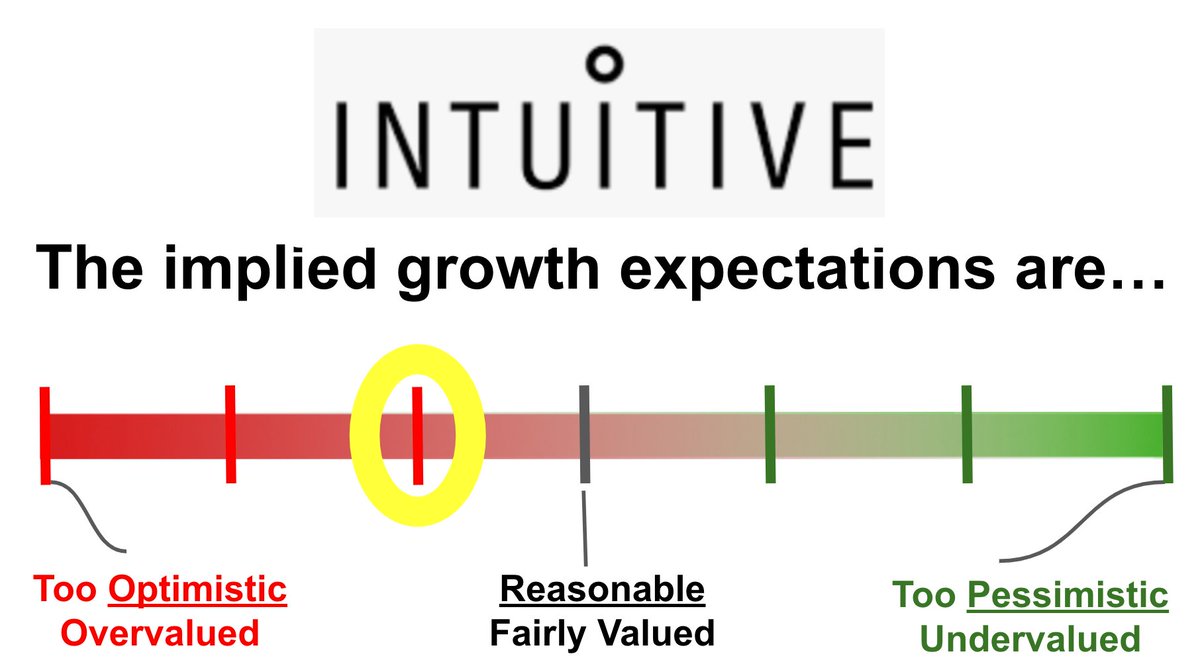
"The Anti-Fragile Investor" | I demystify the stock market | My portfolio: https://t.co/w0anZAuv92
40 subscribers
How to get URL link on X (Twitter) App


 The stock: DataDog (DDOG)
The stock: DataDog (DDOG)




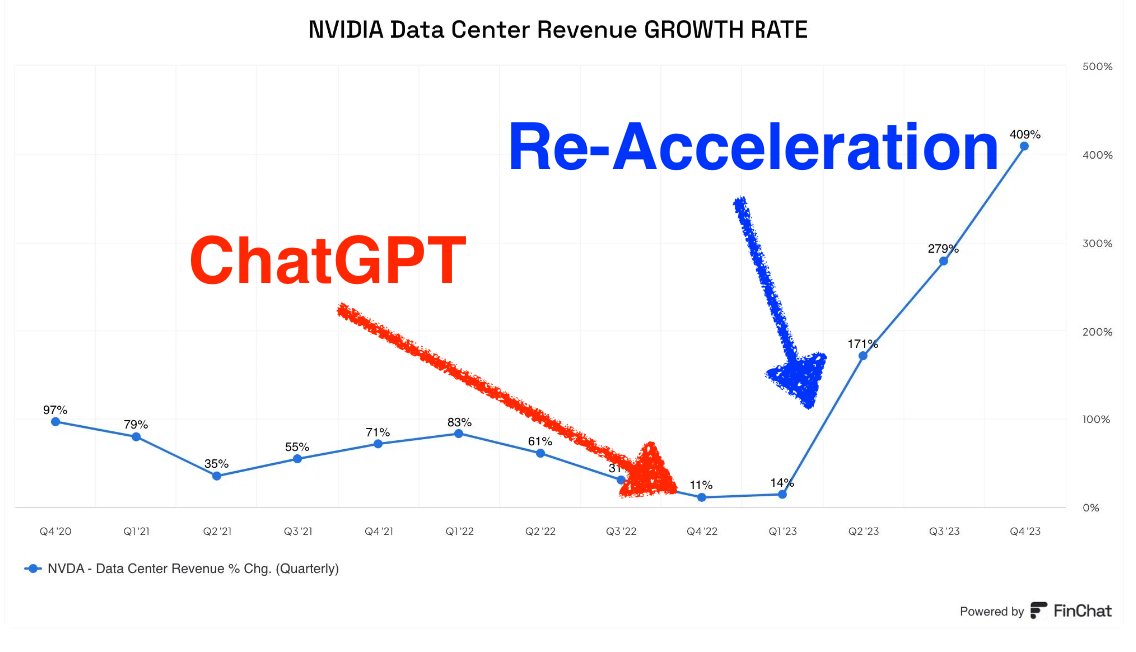
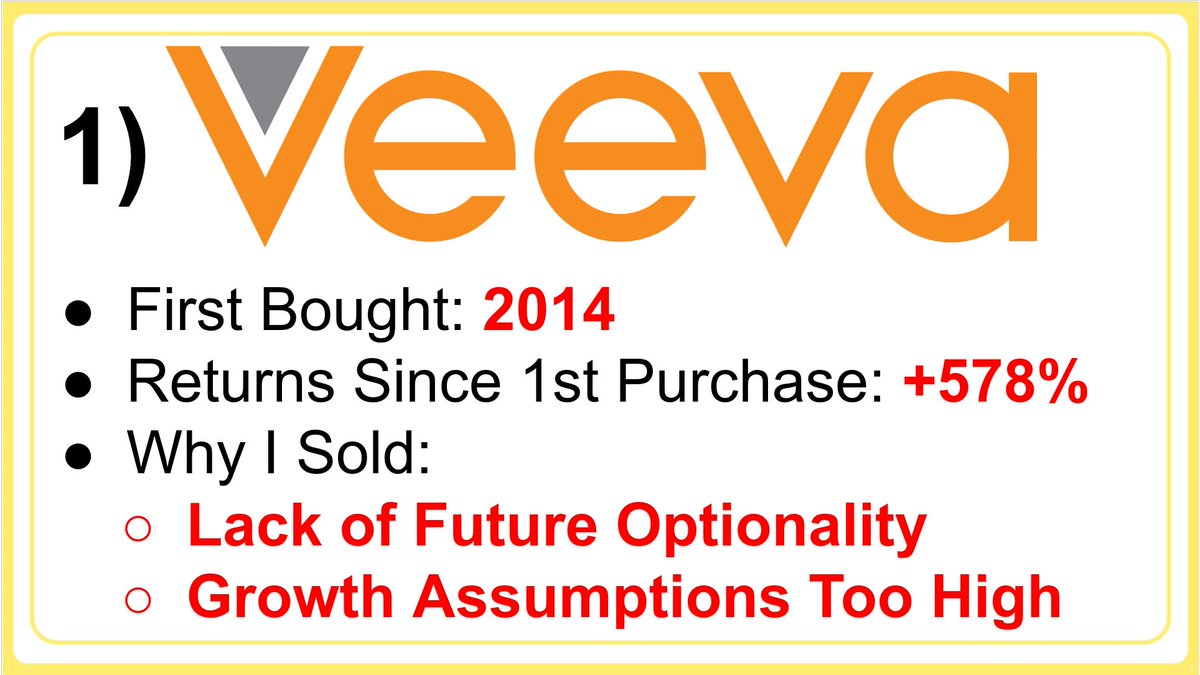

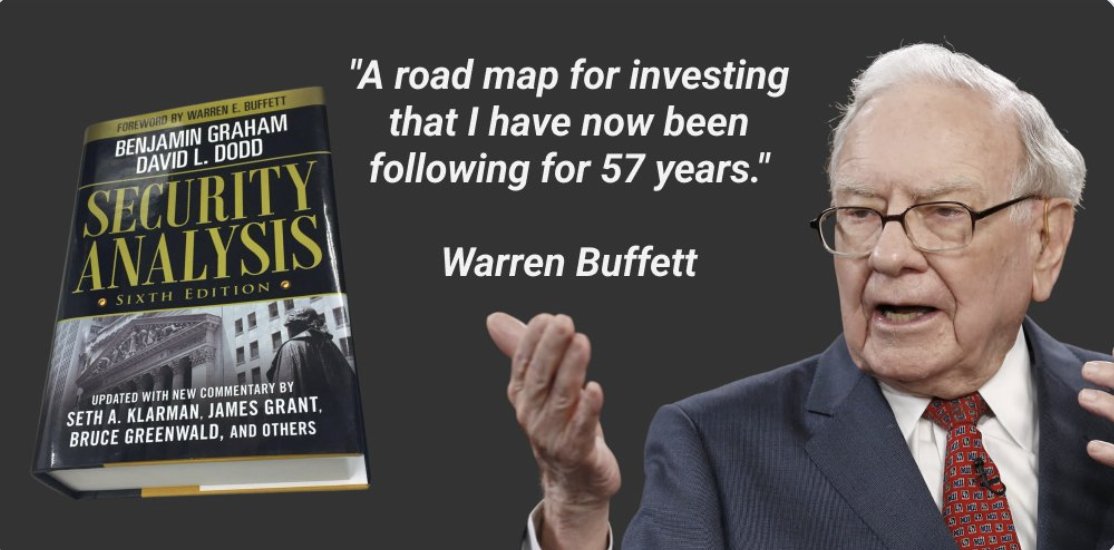
 1. Investing versus speculating
1. Investing versus speculating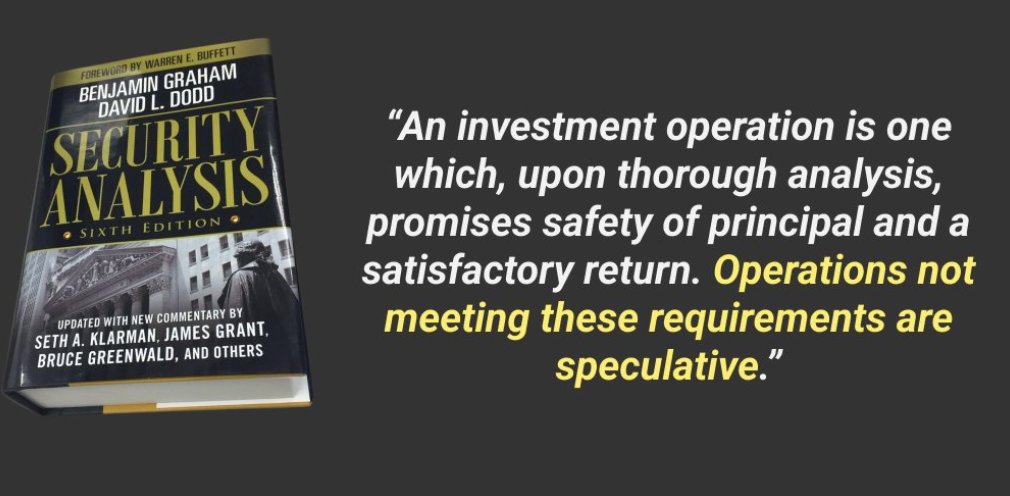
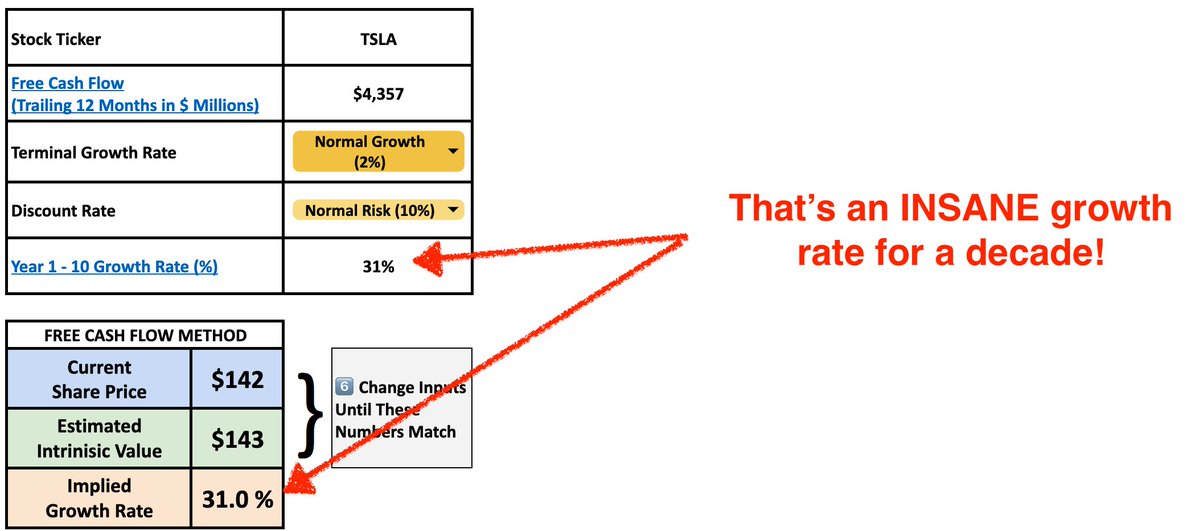




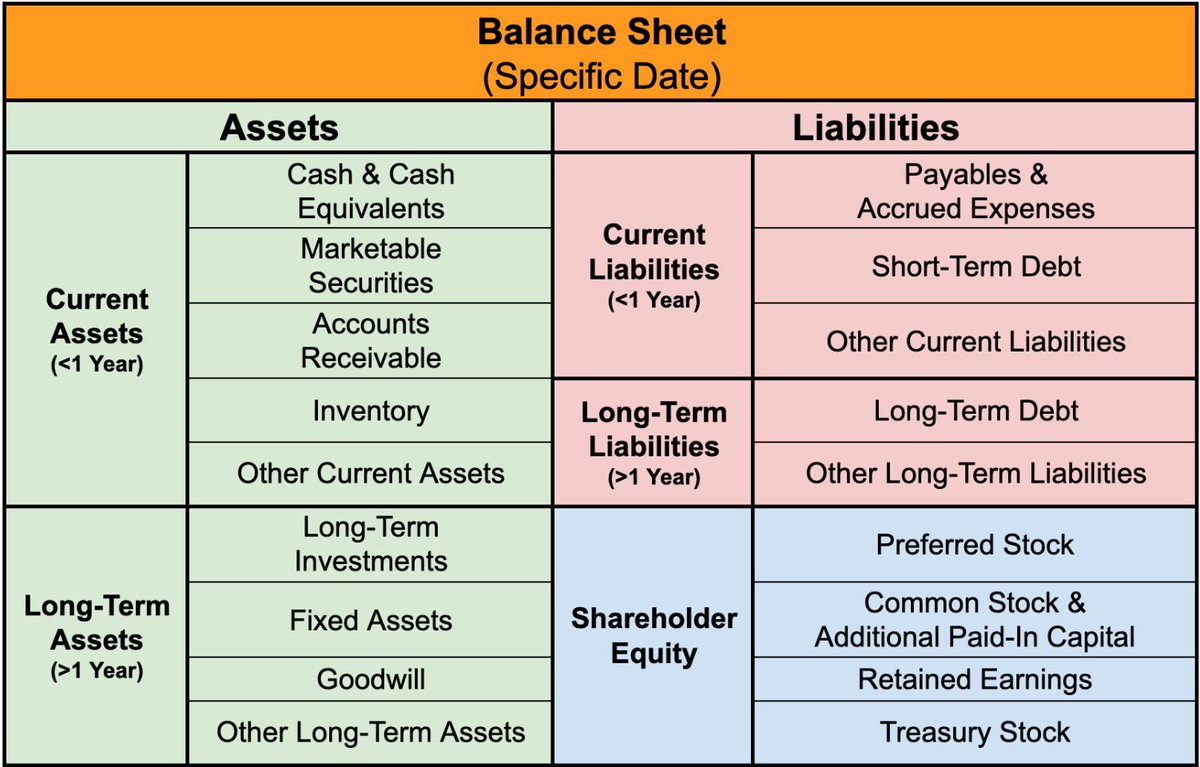
 The balance sheet is one of the 3 major financial statements.
The balance sheet is one of the 3 major financial statements.